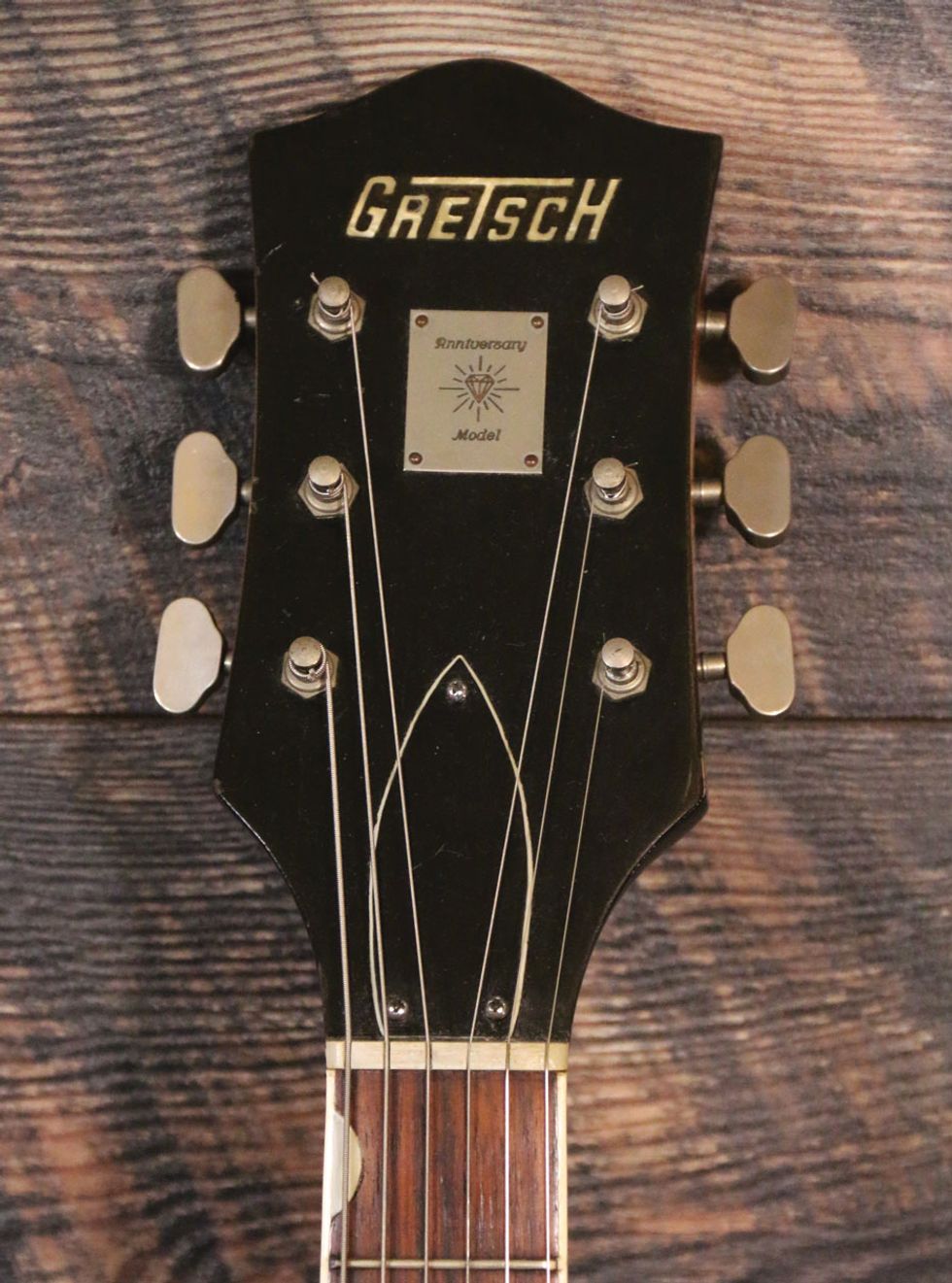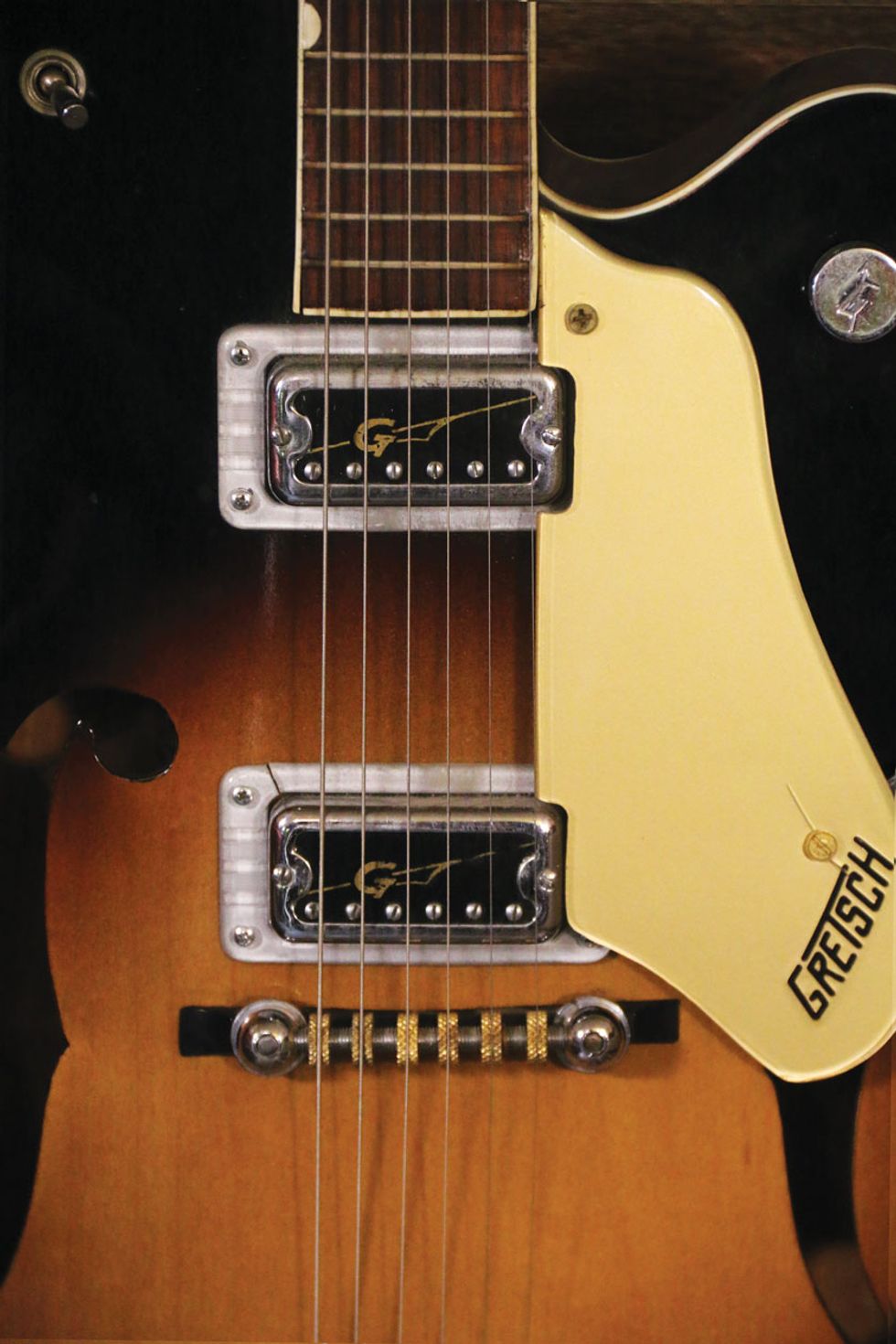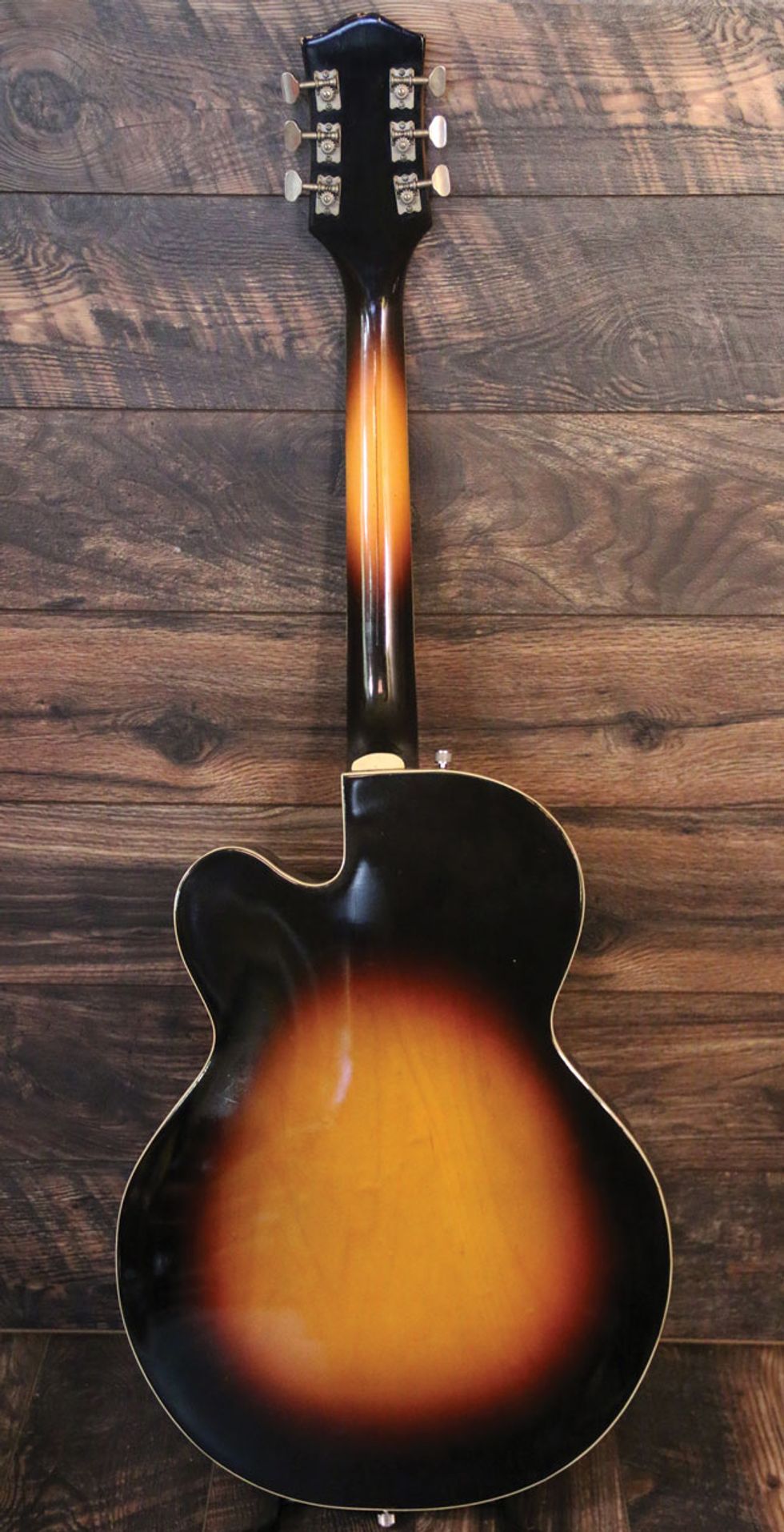When I was a youngster, guitar players were typically associated with one main electric axe that they were seen with on gigs, and that was it. They might have also had an acoustic for unplugged appearances. These days—with the way music has evolved into a mix of genres—musicians need to play multiple guitars in order to stay in the game. Sonic versatility is just as important as being able to rip a scale, so having a knowledge of rock, jazz, country, blues, and each genre’s complementary tones gives one a much better shot at getting well-paying gigs.
Today—if you’re a hardworking sideman—you own not just a Fender Tele or Strat, but a Gibson Les Paul or SG, and perhaps some other brands to offer a wide palette of tones. Most guitarists I know love to have as many older instruments in their stash as they can afford. For various reasons, many of these vintage made-in-the-U.S. 6-strings are a good investment, and are usually well-built, with great playability and sound.
But there’s a problem implied in the word “investment.” A lot of coveted older guitars are out of the typical working musician’s price range. When you look at prized classic Fenders and Gibsons, for example, you’re likely to see tags of $3,000 and up. But there are American-made alternatives in the vintage market that I think are worth having in the arsenal that are not only cool, but sound great and can be acquired for under $2,000.
In that spirit, the guitar I bring to the table today is a 1965 Gretsch 6117 Double Anniversary. Gretsch debuted the Anniversary models in 1958 to celebrate the 75th year of the company, and the 6117 was the number assigned to the sunburst Double model, while the 6118 was two-tone smoke green. These were unlike other special- or limited-release models, because they were priced in a more affordable range, to reach a larger audience. The Double in this guitar’s appellation, by the way, comes from its dual-pickup configuration. The Single Anniversary, naturally, has just one pickup.
The headstock displays the guitar’s original Waverly tuners and the “Anniversary Model” plate that commemorates the instrument’s special release.
Construction is similar to most of Gretsch’s other hollowbody models, like the Chet Atkins 6120. The 6117 has two selector switches on the upper bout, which, I think, is an excellent and logical location for these controls. The front switch is a 3-way for the pickups. The next one is a master tone selector. Its front position offers a slight high-frequency roll-off, the middle is neutral, and the rear emphasizes bass. The master volume dial is at the front-bottom bout of the guitar, and to the lower rear are volume dials for the neck and bridge pickups.
The main difference between the first wave of Double Anniversaries and a 6120 is that Chet’s model has binding on the neck and f-holes, while the Double Anniversary initially did not. When introduced, the Double Anniversary came with Filter’Tron pickups made by DeArmond. But in 1960, Gretsch decided to replace those with its own pickup: the single-coil HiLo’Tron. These look similar to the Filter’Tron but are wound and configured to Gretsch’s own design. Gretsch advertised these new pickups as “Full Hi-Fidelity.”
These stylish-looking HiLo’Tron pickups don’t have the same girth and growl as Filter’Trons, but instead possess a more high-fidelity character.
Now, about that HiLo’Tron sound. I’ve owned several hollowbody Gretsches with both types of pickups, and without a doubt the Filter’Trons have more gain and punch, but the HiLo’Tron is still a great-sounding pickup. They’re bright with a nice spank. Working with the guitar’s maple body, they’ve got enough growl to really pop with the right overdrive pedal and amp—and they possess that classic Gretsch sound. Check out the video with the online version of this story to hear a ’60s Double Anniversary at work.
Overall, this 1965 6117 is a great-playing guitar. Other appointments on this one include a Brazilian rosewood fretboard (replacing the original ebony) and Chet-like neck binding. It’s a lightweight guitar, too, at just over 6 pounds, and has a nice C-shaped neck profile. The nut is 1 and 11/16th inches across, and this one still has the original Waverly tuners. Another feature I really like is the Space Control Bridge, which allows players to adjust the spacing of the strings to taste. This is great if you like to go fingerstyle versus flatpicking.
With only a hint of belt rash on its back, this guitar’s near-pristine quality makes it a highly collectible example of the Double Anniversary family.
In 1967, the original golden era of these and other Gretsch models ended when Baldwin bought the company. Even after the Gretsch family regained control of operations in 1985, vintage Double and Single Anniversary models never seemed to increase their value as much as other classic Gretsches. Maybe because so many of them were made with the less-coveted HiLo’Tron pickups? But that’s a shame, because the playability, core tones, and handsome looks of these guitars make them a great find.
If you need another classic sound in your arsenal and you’re on a budget, here’s an excellent vintage American-made, brand-name guitar that’s still affordable—typically priced between $1,459 and $1,950. It doesn’t get much better than that.
Listen to this 1960s Double Anniversary sing, with a little nudging from an Okko Diablo overdrive and an MXR Carbon Copy.











![Rig Rundown: Russian Circles’ Mike Sullivan [2025]](https://www.premierguitar.com/media-library/youtube.jpg?id=62303631&width=1245&height=700&quality=70&coordinates=0%2C0%2C0%2C0)


























